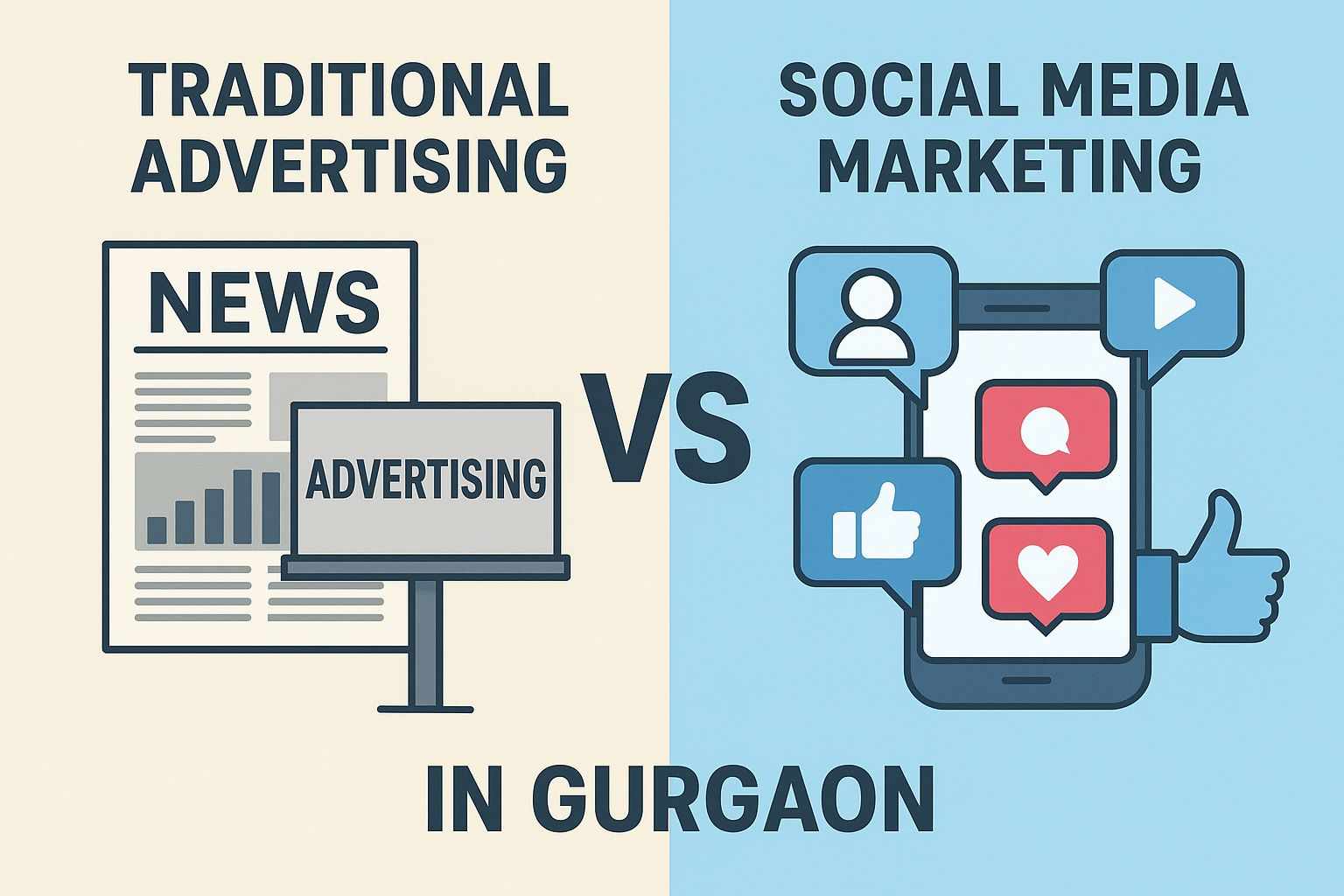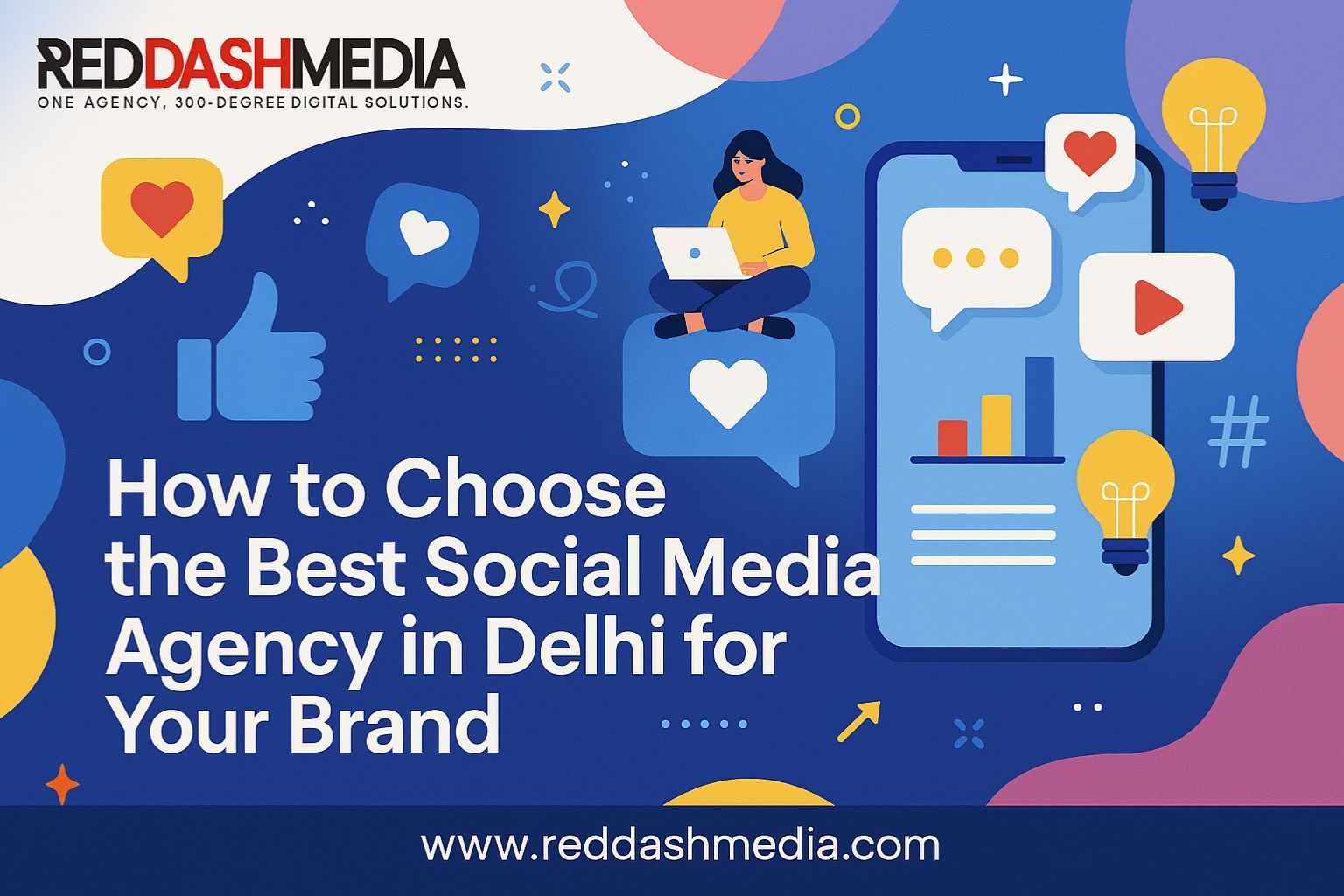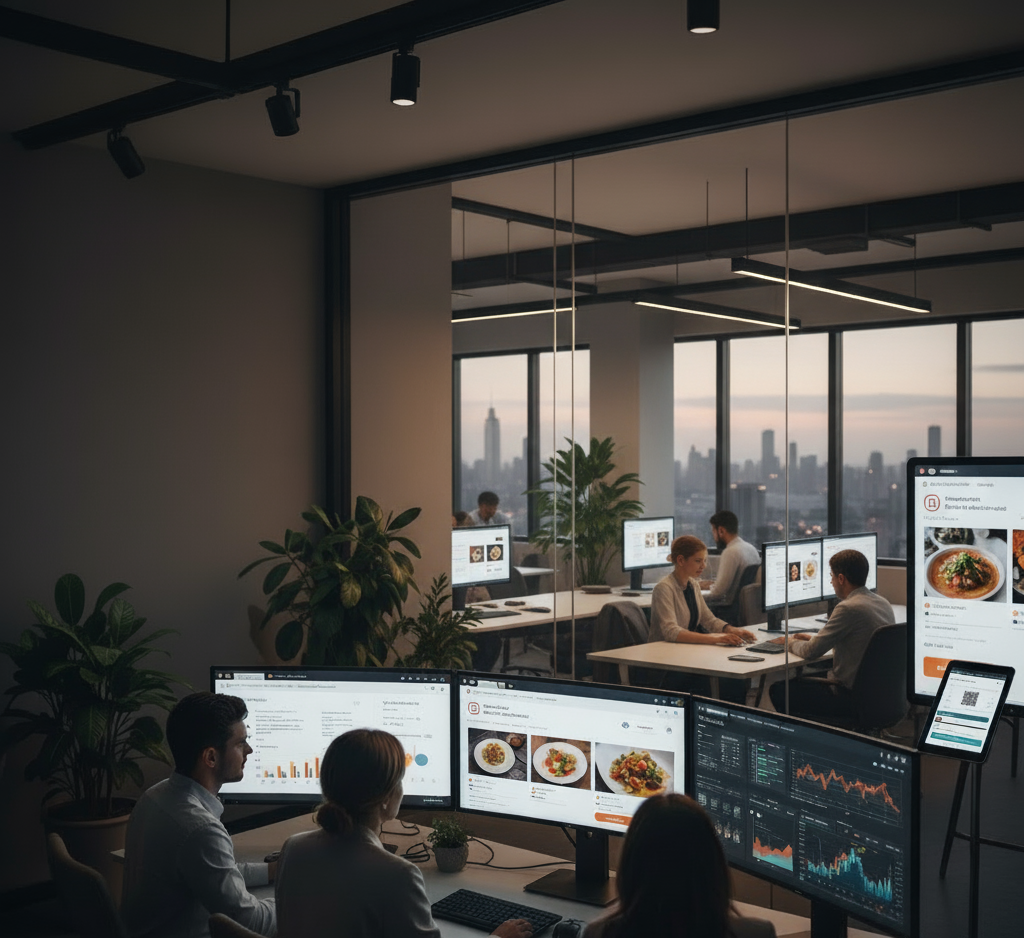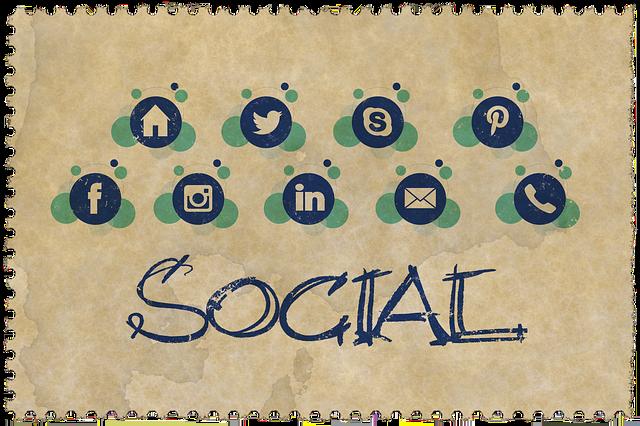
In a rapidly evolving business landscape, the way brands reach their audience has transformed significantly. Traditional advertising once dominated the market through print, television, and radio. However, with changing consumer habits and digital connectivity, social media has become a primary platform for engagement. Businesses today, especially those operating in a dynamic market like Gurgaon, are re-evaluating how they allocate their marketing budgets and strategies. Understanding the differences between traditional advertising and social media marketing in Gurgaon is crucial for brands aiming to stay competitive and relevant in a connected world.
Reach and Audience Targeting
Traditional advertising, such as newspaper ads or billboards, offers broad exposure but limited control over who sees your message. It’s ideal for creating general awareness but not for precise targeting. On the other hand, social media platforms like Instagram, Facebook, and LinkedIn allow businesses to define their audience by age, interest, location, and behavior. This makes social media marketing far more personalized and cost-effective.
In Gurgaon, a city marked by a young, tech-savvy, and highly mobile population, this targeting ability becomes even more valuable. Brands can tailor their campaigns for specific demographics, ensuring every rupee spent contributes directly to reaching potential customers.
Cost Efficiency and Return on Investment
Traditional advertising often involves high production and placement costs. TV commercials, for instance, demand substantial budgets for both airtime and creative execution. Outdoor hoardings or magazine spreads also require long-term commitments, with limited ways to measure effectiveness.
In contrast, social media campaigns can be scaled according to the brand’s financial capacity. Whether it’s a small startup or an established enterprise, businesses can run campaigns for as little or as much as they choose. What makes social media marketing in Gurgaon particularly advantageous is its measurable return on investment (ROI). Every click, view, or conversion can be tracked in real-time, allowing brands to optimize campaigns based on performance data, a flexibility traditional methods simply cannot provide.
Engagement and Customer Interaction
Traditional advertising tends to be one-way communication, brands speak, and audiences listen. While it can build awareness, it rarely fosters engagement. On the other hand, social media thrives on dialogue. Customers can comment, share feedback, or even create content around a brand.
In Gurgaon’s fast-paced environment, where consumers are constantly on their phones, this interaction builds relationships and trust. Brands can respond instantly to queries, address complaints, or join conversations, making marketing more human and relatable. The immediate feedback loop also helps brands adjust strategies based on audience sentiment, something that’s nearly impossible with print or TV ads.
Flexibility and Adaptability
Once a newspaper ad or billboard is published, making changes is nearly impossible. Traditional campaigns are rigid and require significant time and resources to modify. Social media, however, offers unmatched flexibility. If a post underperforms, it can be revised or replaced instantly.
This adaptability gives businesses in Gurgaon a major advantage. They can respond to current events, cultural trends, or viral moments, keeping their brand voice fresh and relevant. Moreover, digital tools allow for continuous testing, brands can experiment with multiple messages, visuals, or audience segments and refine their approach for better outcomes.
Measuring Success and Analytics
One of the major challenges of traditional advertising is measuring impact. It’s often difficult to determine how many people saw a billboard or remembered a radio ad. Success is usually estimated through indirect metrics like sales spikes or surveys.
Social media, in contrast, provides in-depth analytics. From impressions and engagement rates to conversion metrics, every element of a campaign can be quantified. Brands in Gurgaon can use these insights to understand what works, when, and why. This data-driven approach ensures smarter decisions and more efficient marketing spending over time.
Local vs. Global Reach
Traditional advertising is primarily local, tied to geographic distribution, local newspapers, city billboards, or regional radio stations. Social media, however, breaks these boundaries. A business based in Gurgaon can reach potential customers not just within the city but across India or even globally.
This global accessibility opens doors for expansion and brand visibility beyond physical limits. For instance, a Gurgaon-based designer or restaurant can attract customers, collaborators, or investors worldwide through compelling social content.
Conclusion: The Future Belongs to Digital Engagement
While traditional advertising still holds value for certain industries, especially where physical presence or regional recognition matters, its dominance is fading in today’s digital-first economy. The shift toward data-driven, interactive, and flexible marketing methods reflects changing consumer behavior. Gurgaon, being a hub of innovation and entrepreneurship, mirrors this evolution perfectly.
In the end, the debate isn’t about choosing one over the other but understanding how each fits into a brand’s overall communication mix. However, for most modern businesses, investing in social media marketing in Gurgaon offers unparalleled reach, precision, and engagement opportunities. As consumer attention continues to gravitate toward online spaces, embracing social media is no longer optional, it’s essential for sustained growth and relevance.











Write a comment ...